
Stem cell researcher Takanori Takebe is honored by the Vilcek Foundation for his innovative engineering strategies for stem cell and organ growth. His research to develop vascularized three-dimensional human organoid tissue from pluripotent stem cells that can be transplanted in humans has paved the way for new, stem-cell-based treatment approaches for intractable diseases in humans.
From the Streets of Yokohama to the World Stage
Takebe was born in 1986 into a working-class family in Yokohama, a bustling port city in Japan. Raised by hardworking parents, he was encouraged to be diligent and curious. As a child Takebe experienced firsthand the incredible potential of medical science when he saw how health interventions helped his father to recover from a life-threatening stroke.
This formative event instilled in Takebe a deep respect for medicine—not just for its ability to heal individuals, but for the positive impact of medicine on families, communities, and society at large.

Interconnectedness and Organogenesis
Takebe earned his MD at Yokohama City University School of Medicine. His inherent creativity and curiosity led him from practicing medicine as a physician to pursuing biomedical research in stem cell and developmental biology. “I spent time as a surgical trainee at one of the world’s leading liver transplant centers,” he says. “There, I met many patients with life-threatening illnesses who were unlikely to live long enough to receive life-saving donor organs. That experience motivated me to find alternative approaches to traditional transplantation.”

Takebe speaks passionately about the power of interconnectedness, drawing on Buddhist teachings in his practice as a hepatologist. “I seek to understand how the living system creates interconnectedness across strata, how it plays a role in orchestrating tissue development and maturation, and how biological alterations in interconnected systems threaten our health.” In 2013, he achieved a breakthrough in the development of lab-grown organs using pluripotent stem cells, pioneering techniques to develop vascularized 3D tissues, or organoids, that accurately mimic the interconnectedness of human organ systems.

These synthetic organoids, or “miniature livers,” have successfully been used to save the lives of patients in need of transplantation. They can make transplantation a more readily available option for patients in cases where donor organs are not available.
Championing Diversity at Cincinnati Children’s Hospital
In 2016, Takebe became an assistant professor at Cincinnati Children’s Hospital, where he has founded a thriving research community within the Takebe Lab.
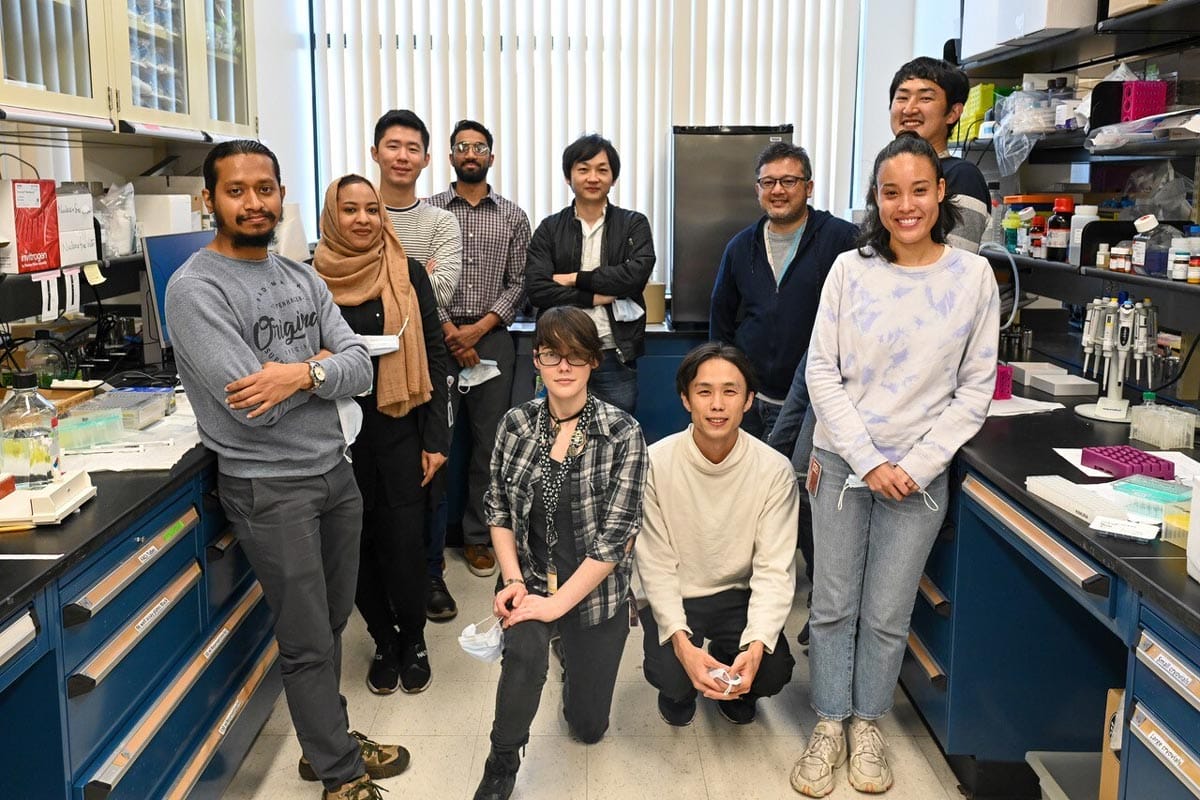
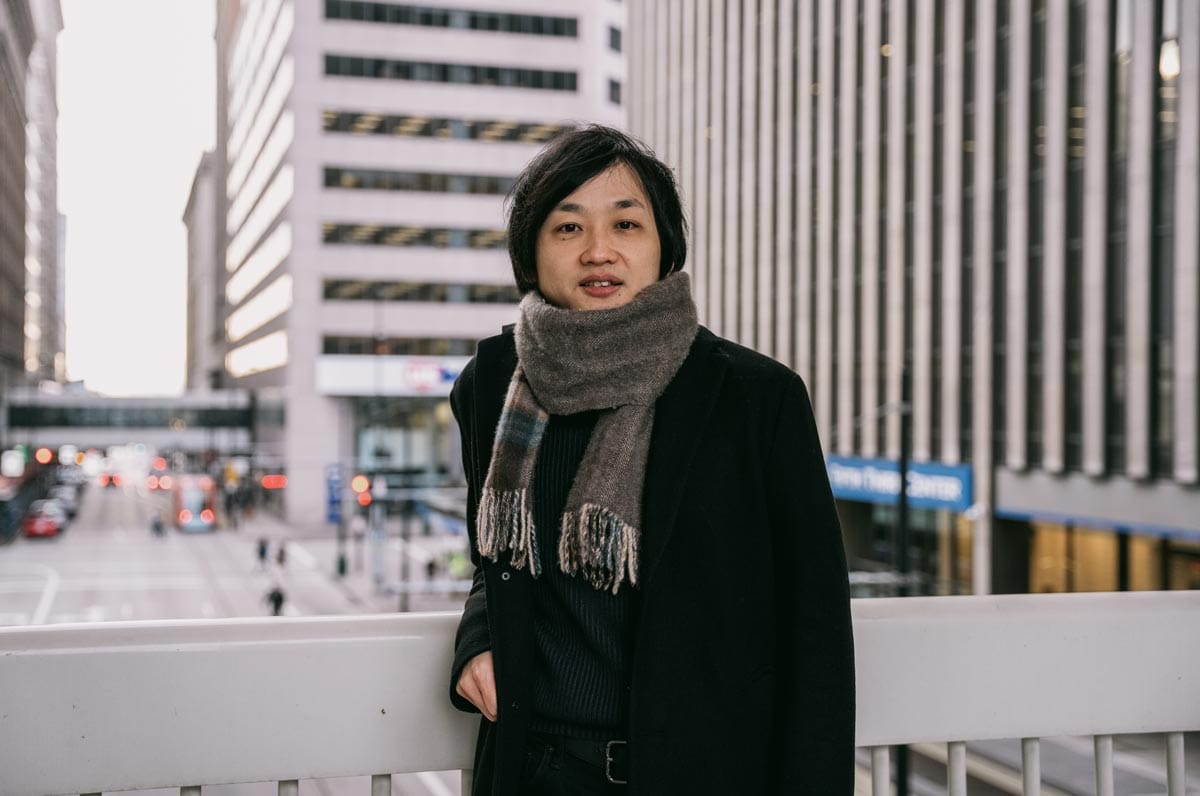
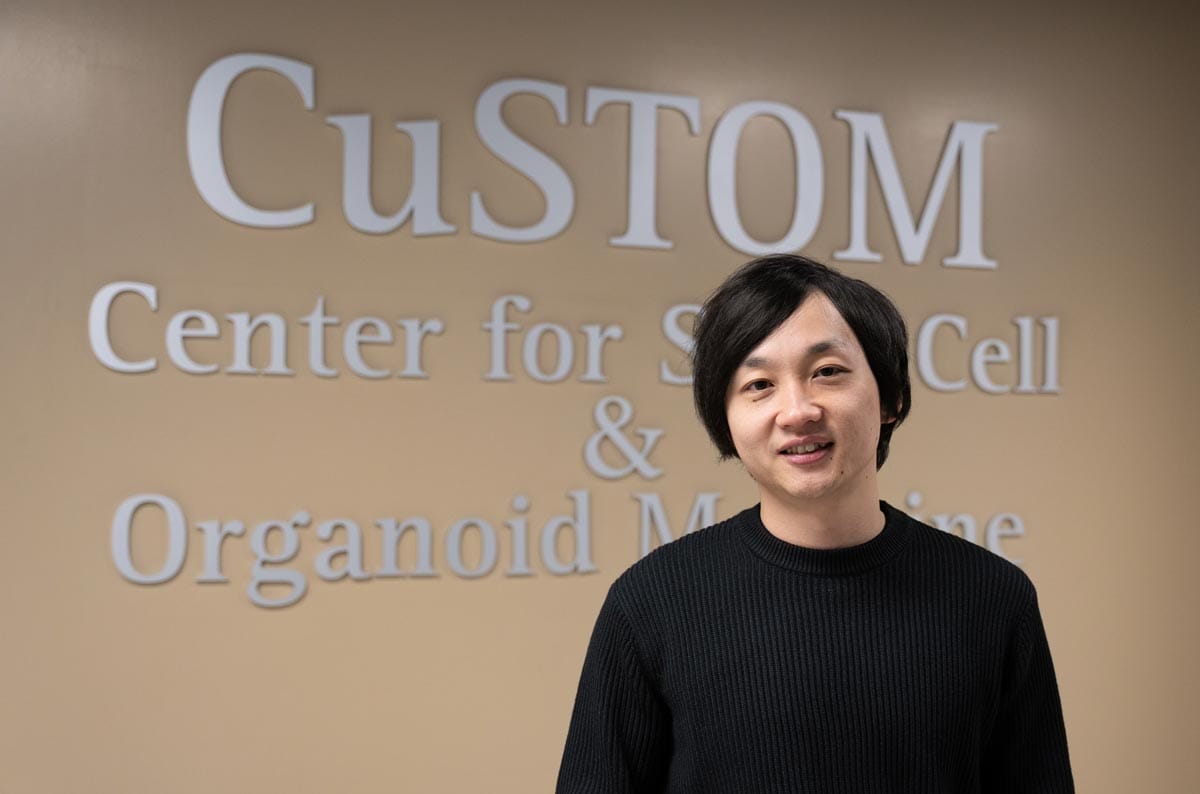
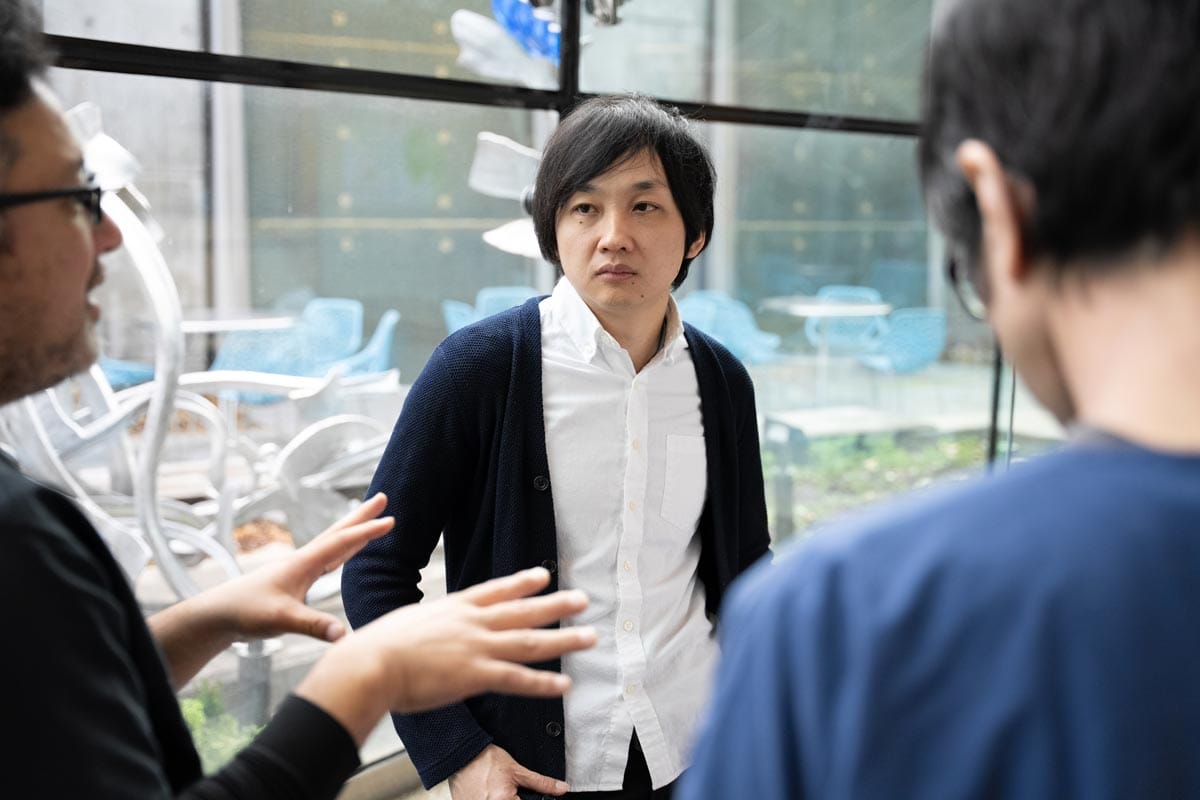




“Today, our lab stands as one of the most diverse and inclusive within the institution,” he says, noting how this has enabled them to foster robust research and development partnerships, including six different lab projects developed into clinical stages, and multiple industry-sponsored collaborations.
He continues to inspire with his guiding philosophy: “think weird”—encouraging students and trainees to approach questions and problem-solving creatively, challenging the status quo, and pushing what can be known and developed.

“I am fueled by the ambition to revolutionize transplantation and contribute to the advancement of medicine,” he says. “The pursuit of innovative solutions and the potential to impact countless lives drive my passion for research and the development of novel therapy.”
Related News
Vilcek Foundation Awards $250,000 to Immigrants in Biomedical Science
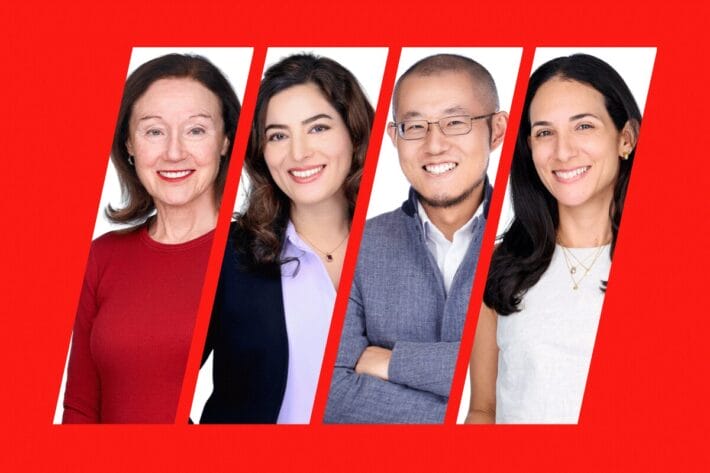
Marianne Bronner: Advancing Stem Cell Research and Equity in Science
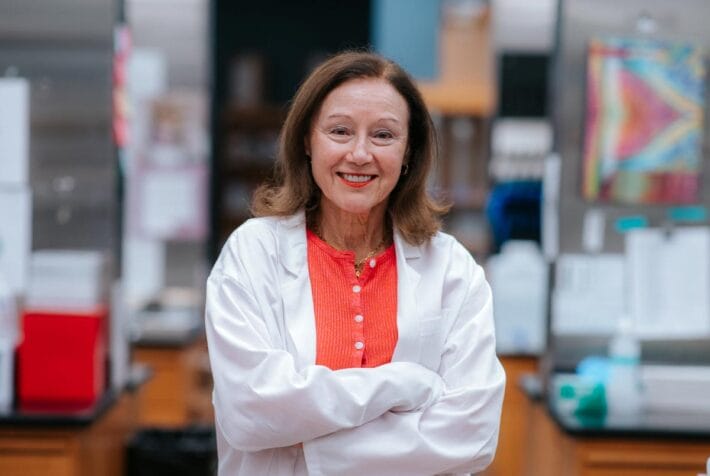
Vilcek Foundation Awards $250,000 to Immigrants in Biomedical Science
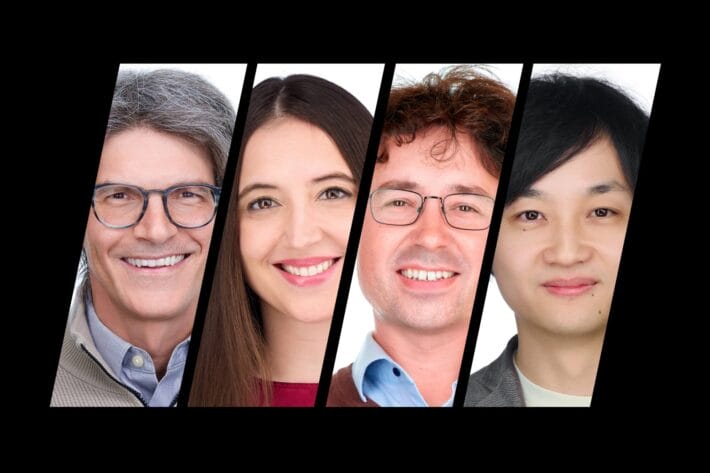
You may also be interested in
Takanori Takebe
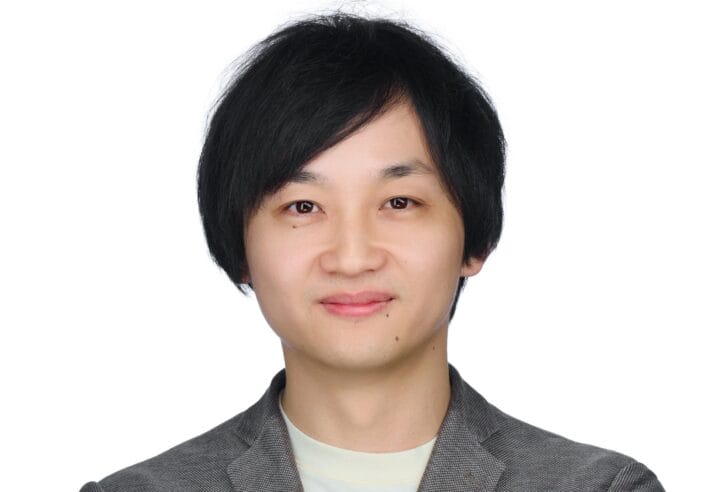
Marianne Bronner

Tomasz Nowakowski
